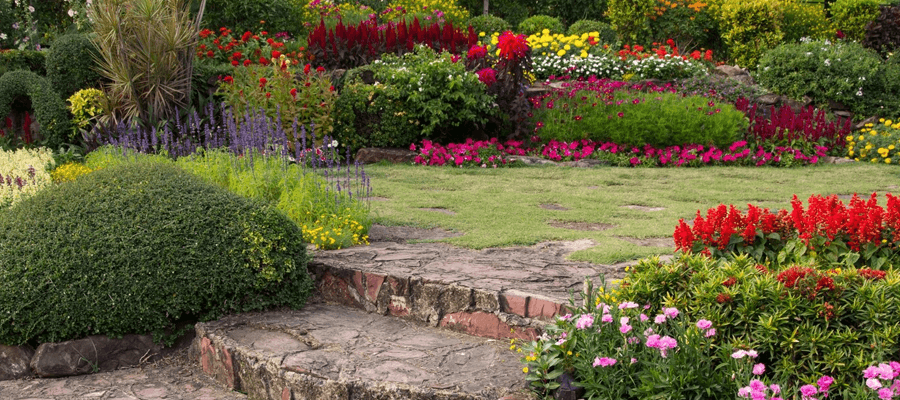
As the days grow longer and temperatures rise, gardeners eagerly prepare to usher in the new season with vibrant blooms, lush foliage, and bountiful harvests. However, achieving a successful spring garden requires careful planning, proper care, and attention to detail. By avoiding common gardening mistakes and following a few key tips, gardeners can create a thriving outdoor oasis that delights the senses and nourishes the soul.
1. Start with a Solid Plan:
Before diving into spring gardening, take the time to develop a comprehensive plan for your garden. Consider factors such as sunlight exposure, soil quality, water availability, and plant preferences. Sketch out a layout, choose appropriate plants for your climate and growing conditions, and create a planting schedule to ensure a well-rounded and harmonious garden.
2. Know Your Soil:
One of the most critical aspects of successful gardening is understanding your soil. Conduct a soil test to determine its pH level, nutrient content, and composition. Based on the results, amend the soil as needed with organic matter, compost, or fertilizers to provide essential nutrients and improve drainage. Healthy soil is the foundation of a thriving garden.
3. Choose the Right Plants:
Selecting the right plants for your garden is essential for success. Consider factors such as plant hardiness, sun and shade requirements, water needs, and growth habits. Choose a diverse mix of annuals, perennials, vegetables, and herbs that complement each other and thrive in your climate. Pay attention to plant spacing and compatibility to prevent overcrowding and competition for resources.
4. Plant at the Right Time:
Timing is everything in gardening. Pay attention to local climate conditions and frost dates when planning your planting schedule. Start seeds indoors or sow directly in the garden at the appropriate times to give plants the best chance of success. Be mindful of temperature fluctuations and weather forecasts to avoid planting too early or too late in the season.
5. Provide Adequate Water and Mulch:
Proper watering is essential for plant health and growth. Water deeply and infrequently to encourage deep root development and drought tolerance. Use mulch to conserve moisture, suppress weeds, and regulate soil temperature. Apply a layer of organic mulch, such as shredded leaves or straw, around plants to retain moisture and improve soil structure.
6. Practice Regular Maintenance:
Maintaining a spring garden requires ongoing care and attention. Stay vigilant for signs of pests, diseases, and nutrient deficiencies, and take prompt action to address any issues that arise. Deadhead flowers, prune overgrown branches, and remove weeds regularly to promote healthy growth and flowering. Keep pathways clear, tools clean, and equipment in good working order to streamline maintenance tasks.
7. Embrace Sustainable Practices:
Incorporate sustainable gardening practices into your spring garden to minimize environmental impact and conserve resources. Practice water conservation by harvesting rainwater, using drip irrigation, and planting drought-tolerant species. Avoid chemical pesticides and fertilizers in favor of organic alternatives that promote biodiversity and soil health. Encourage beneficial insects and pollinators by planting native plants and creating habitat diversity.
A successful spring garden is the result of careful planning, thoughtful preparation, and diligent care. By avoiding common gardening mistakes and following these tips for success, gardeners can create a vibrant and productive outdoor space that brings joy and beauty throughout the season. Whether you’re a novice gardener or seasoned green thumb, cultivating a flourishing spring garden is a rewarding and fulfilling endeavor.






Be the first to comment on “Tips for a Flourishing Spring Garden”